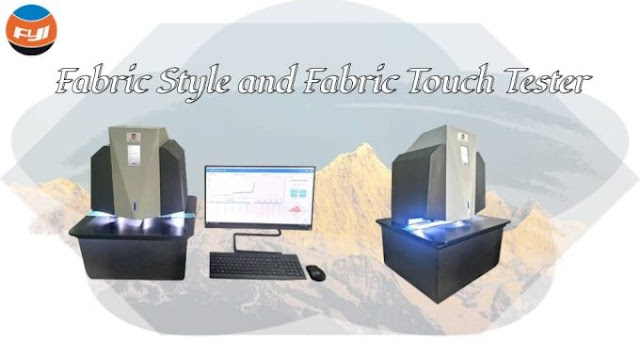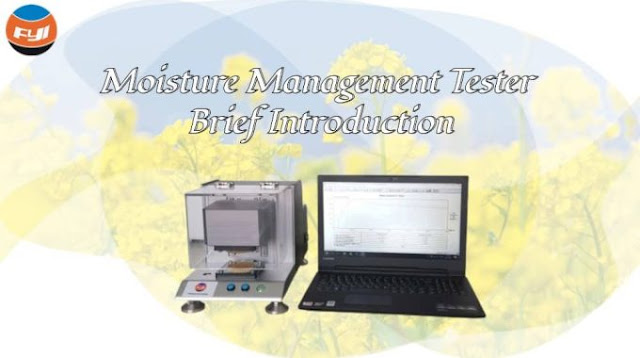Guide to Fabric Thickness Test

When the fabric is subjected to a specified pressure, the vertical distance between the front and back sides is called the thickness, generally expressed in millimeters. Fabric thickness has a great influence on the wearing properties of the fabric. For example, the fastness, warmth retention, breathability, windproofness, stiffness and drape of the fabric are all related to the thickness of the fabric to a large extent. Precautions for fabric thickness testing When replacing the presser foot or when the instrument is not used for a long time, please place a protective rubber pad between the presser foot and the reference plate to protect the measuring surface from damage. After each experiment, the power switch should be turned off and the power plug of the instrument should be pulled out of the power socket. Clean and maintain the instrument well, and add a small amount of clock oil regularly. Carry out regular instrument calibration as needed to ensure the accuracy of instrume...



